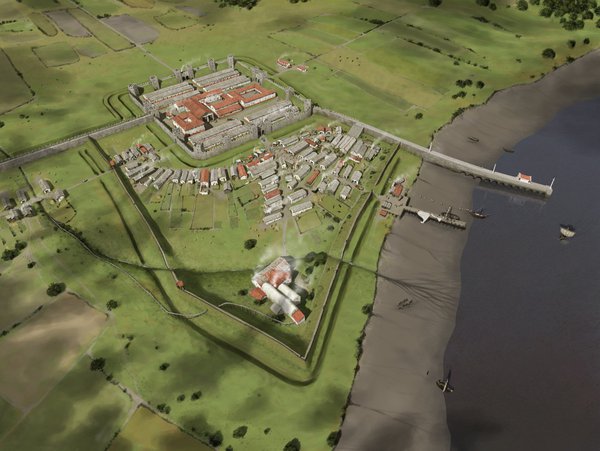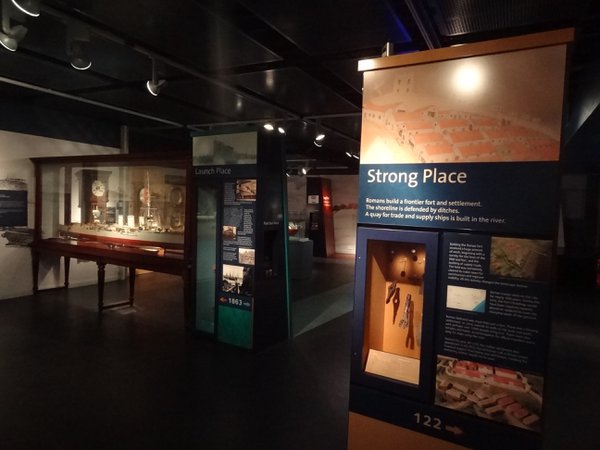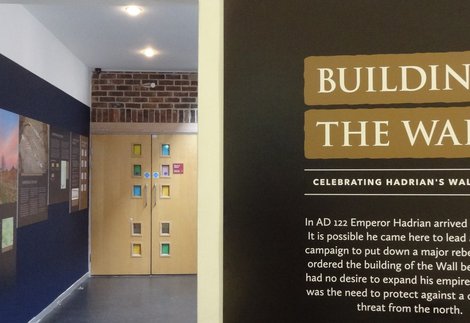About Segedunum
Strong Fort

Computer generated image of how Segedunum Roman Fort may have looked
In AD 122, the Emperor Hadrian ordered a mighty frontier system to be built across Britain, designed to consolidate and define the Empire and help protect against raiding parties from the north.
The result was Hadrian's Wall, a 73 mile barrier stretching from the River Tyne in the east to the Solway Firth in the west. Segedunum, which means ‘Strong Fort’, was built to guard the eastern end of the Wall, and housed 600 Roman soldiers. It stood for almost 300 years as a symbol of Roman rule and a bastion against barbarian attack.
Today, Segedunum is once again a major site on Hadrian's Wall. It is the most excavated fort along the Wall with surviving foundations of many buildings and part of the Wall itself. There is a large interactive museum plus full-scale reconstructions of a bath house (currently closed due to essential maintenance) and a section of Wall. The 35 metre high viewing tower provides outstanding views across this World Heritage Site.
Audio tour
Take the audio tour of the Roman Fort outdoor site
Download the app from Geotourist on your mobile phone.
Strong Place Gallery

The gallery tells the story of the landscape at the end of Hadrian’s Wall, and how the site around Segedunum has been shaped over 2,000 years, not just by the Romans but by significant periods of coal-mining and ship-building. Nearly 1400 years after the Romans left, in the 18th century, the site became famous for its coal mine. One hundred years later, it was the place where Swan Hunter shipyard was building and launching some of the greatest ships in the world.
/https://s3-eu-west-1.amazonaws.com/atwam-images-files/production/images/content/segedunumromanfort/2017-03/136880.jpg)

/https://s3-eu-west-1.amazonaws.com/atwam-images-files/production/images/content/segedunumromanfort/2015-07/6673.jpg)




